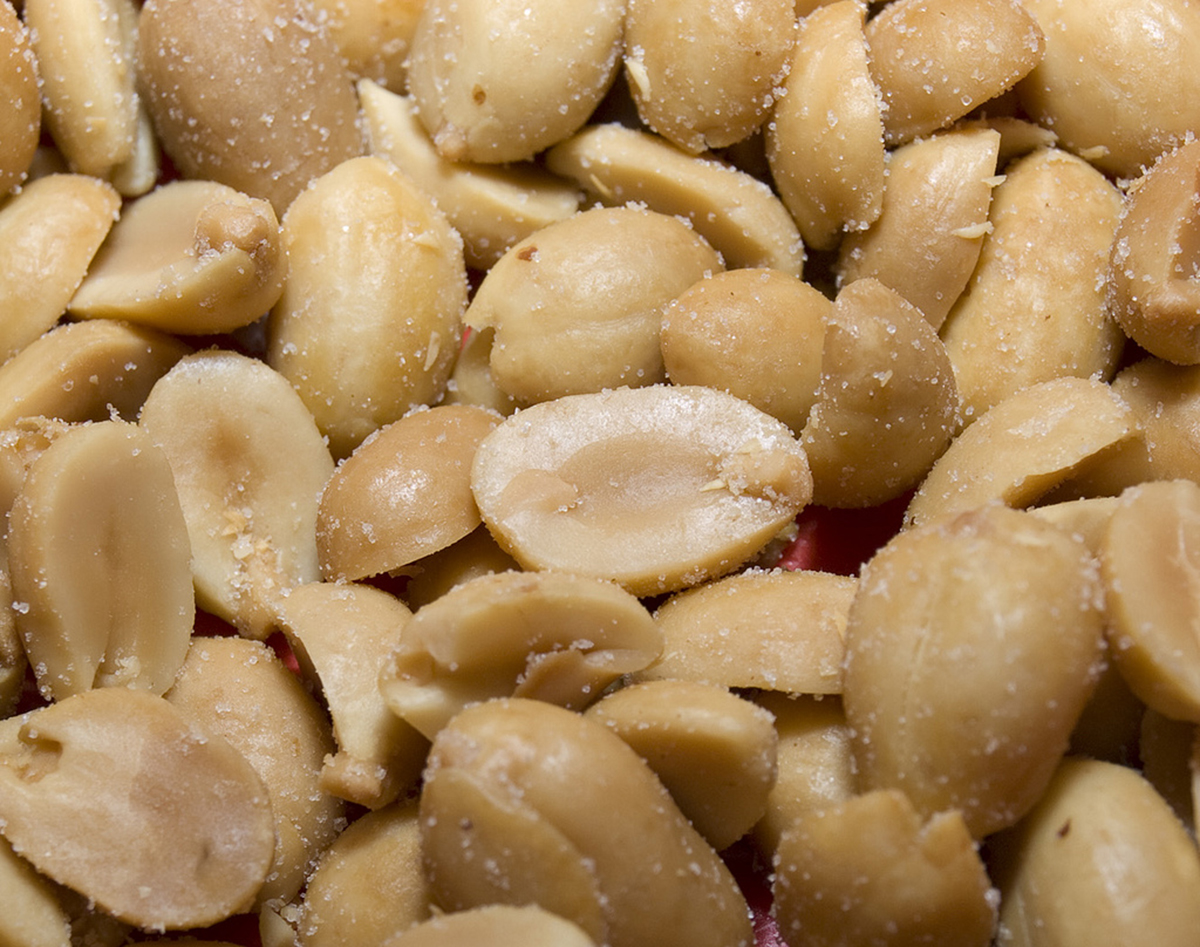Table of Contents
Today, around three to five percent of infants around the world are allergic to peanuts or any food products containing peanuts. Their symptoms could be rather severe and include rashes, swelling, problems with breathing or even unconsciousness. The allergic reaction occurs because the immune system of an individual allergic to peanuts acts adversely to the proteins present in this product.

Also, at present, there is no treatment available for peanut allergy. Its allergic symptoms can occur even when exposed to a very small amount of peanut protein. Since peanuts are used in a wide variety of foods from chocolates to snack bars to fruit snacks, avoiding it can sometimes prove to be difficult and troublesome, especially for young children.
Pediatric experts categorized eight major foods that account for 90 percent of all allergic reactions in infants and children. They are:
- Milk
- Peanuts
- Wheat
- Fish
- Soy
- Eggs
- Tree Nuts
- Shell fish
They suggest that infants, who are at high risk of developing any of these food allergies, should be exposed to these allergens as early as six months of age (so once an infant starts solid food intake). Previously, introducing these foods at a later age was preferred so that a child’s gut and intestine gets more time to strengthen, but now experts suggest that delaying these dietary exposures to foods will not reduce any risk of developing a food allergy. It’s better to introduce such foods early and continue its consumption regularly so that a child builds tolerance towards it.
Peanut allergy has been steadily on the rise and has doubled in the last 10 years. A lot of research and study on when is the best time to introduce these allergens has been done in the past decade, and there are some studies which suggest that the earlier you introduce peanuts to your infant, the less are the chances of a child developing the peanuts intolerance.
A study called LEAP (Learning Early about Peanut Allergy) was conducted on 640 infants aged between 4 to 11 months who already had an egg allergy or eczema and were considered to be at high risk of developing peanut allergy. These infants underwent a mild skin prick test for peanut allergy. Those who were found to be allergic were excluded from the study as eating peanuts going forward may be disastrous for them since their bodies were already rolling out antibodies to the peanut protein. Approximately 530 remaining infants, who were tested negative for this allergy, were involved for further study.
See Also: Food Allergies Make You Broke
These infants were divided into two groups. Half of the infants were given peanut containing foods (direct peanuts were avoided because of the risk of choking, instead peanut butter or small amount of peanut protein was used), three to four times a week, and the other half of children had to avoid peanuts till the age of five years. Parents of children from both groups were asked to fill the food questionnaire during the study.
- Al-Muhsen S, Clarke A, Kagan R
- Peanut Allergy: an overview, Canadian Medical Journal 2003
- 168 (10): 1279 – 1285
- Du Toit G, Katz Y, Sasieni P, et al. Early consumption of peanuts in infancy is associated with a low prevalence of peanut allergy. J Allergy Clin Immunol 2008
- 122:984-991
- Fox DE, Lack G. Peanut allergy. Lancet 1998
- 352:741-741
- Sicherer SH, Munoz-Furlong A, Godbold JH, Sampson HA. US prevalence of self-reported peanut, tree nut, and sesame allergy: 11-year follow-up. J Allergy Clin Immunol 2010
- 125:1322-1326
- Sampson HA. Peanut allergy. N Engl J Med 2002
- 346:1294-1299
- Du Toit G, Roberts G, Sayre PH, et al. Randomized trial of peanut consumption in infants at risk for peanut allergy. N Engl J Med 2015
- 372:803-813.Photo courtesy of EuroMagic via Flickr: www.flickr.com/photos/euromagic/2351628831
- Photo courtesy of alamosbasement via Flickr: www.flickr.com/photos/alamosbasement/3550129135


Your thoughts on this